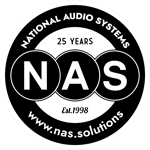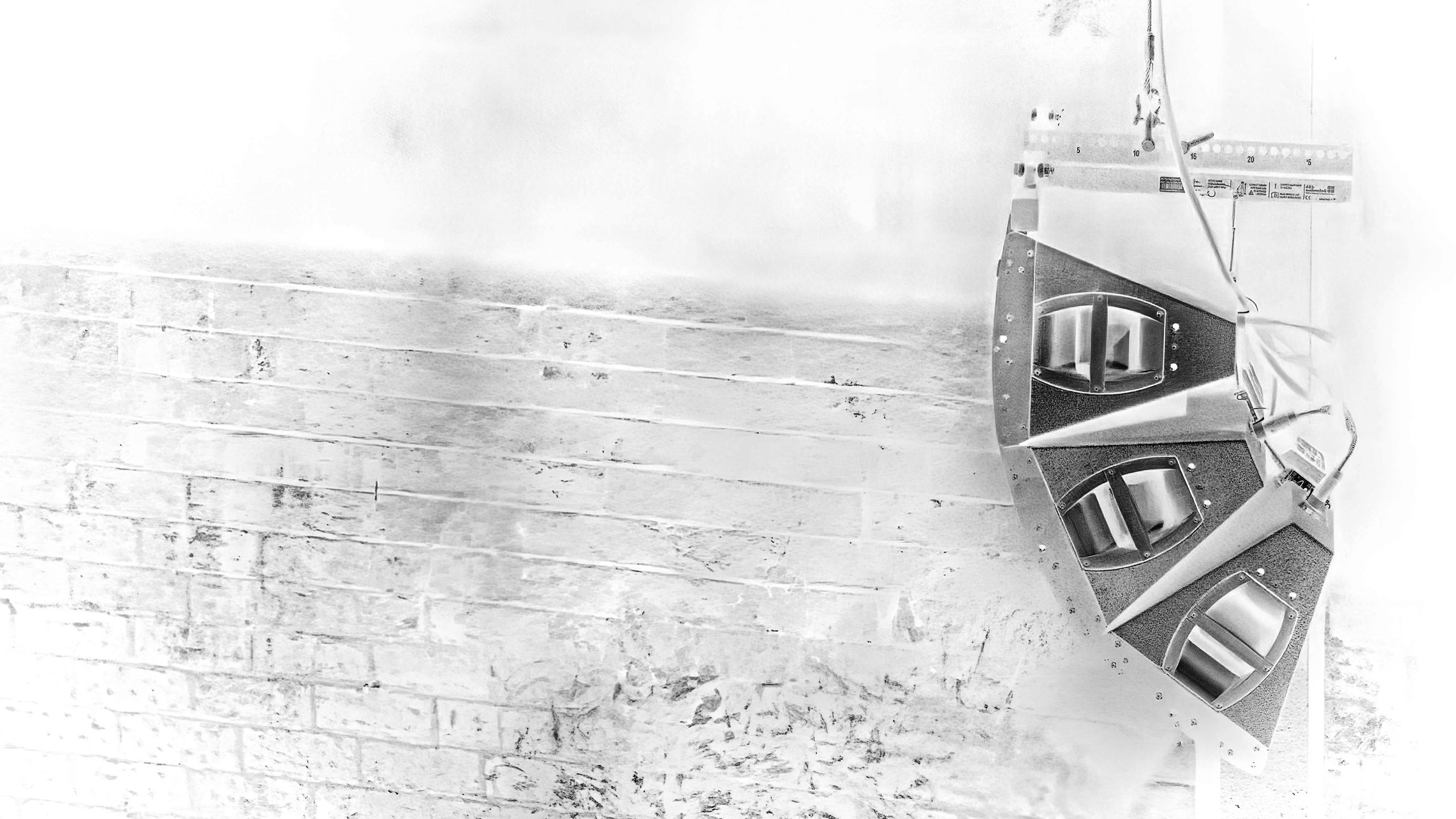MIDAS Proves the Right Mix for Sydney Opera House
Tuesday, 29 November 2016
Jeremy Christian, head of sound AV services at the Sydney Opera House, says: “We do upgrades all the time and are actually going to be doing a complete overhaul in the near future. But the last project was specifically for upgrading the consoles.
Published in InAVate magazine
The AV team at the iconic Sydney Opera House is always looking to upgrade and better the venue’s facilities.
Jeremy Christian, head of sound AV services at the Sydney Opera House, says: “We do upgrades all the time and are actually going to be doing a complete overhaul in the near future. But the last project was specifically for upgrading the consoles. We had a Midas Heritage 3000 in the main concert hall and that was replaced along with the other smaller boards in other spaces with digital consoles.”The switch to digital was the driving factor behind the upgrade of the mixing boards and Christian comments: “Basically the industry has switched to digital and we wanted to get in line with the industry moving forward. We also have a very high turnover of shows so the ability to have proper digital recall outweighed most other priorities when we were looking at upgrading the consoles.”
A Midas XL8 has been installed as the main front of house mixing console for the main concert hall at the Sydney Opera House. The concert hall also features a Midas Pro9 which handles the monitors in the space as well as the microphone splitting. A Midas Pro2 serves at the third mix position in the concert hall and is employed for smaller talks and sessions.
The Playhouse at the Sydney Opera House has been fitted with a Midas Pro2 while the drama theatre, studio and Joan Sutherland Theatre are equipped with Midas ProX consoles. A few Midas Pro1 boards are also used in the different spaces when required.
All the Midas boards were provided by distributor National Audio Systems.
The upgrade was uneventful and Christian says: “I can’t recall any major issues. National Audio Systems was great and provided training. I guess getting the team up to scratch on a new console was a challenge. But the XL8 is pretty similar to the old Heritage board in terms of functionality and usability. We basically overlaid the new system on top of the old one. The old one kept working all the way through the install and then there was a hard switch over.”
The selection process for the consoles was exhaustive and Christian explains: “We did a shootout of all the different console options in the studio. We invited some key manufacturers and they brought their products down and we tested them out. I guess the biggest thing I went in there thinking was that it was going to be all about function and how they connect and what type of transport they provide. But the thing I wasn’t expecting on the day was sound quality. I thought all modern boards would have pretty good sound quality and the performance of all the boards would be comparable. But when we tested them the Midas consoles blew us away.”
Christian also talks about other considerations: “Acceptance was a big factor. We have a lot of touring people come to the Sydney Opera House and we had to pick a board that was acceptable to the touring market.”


